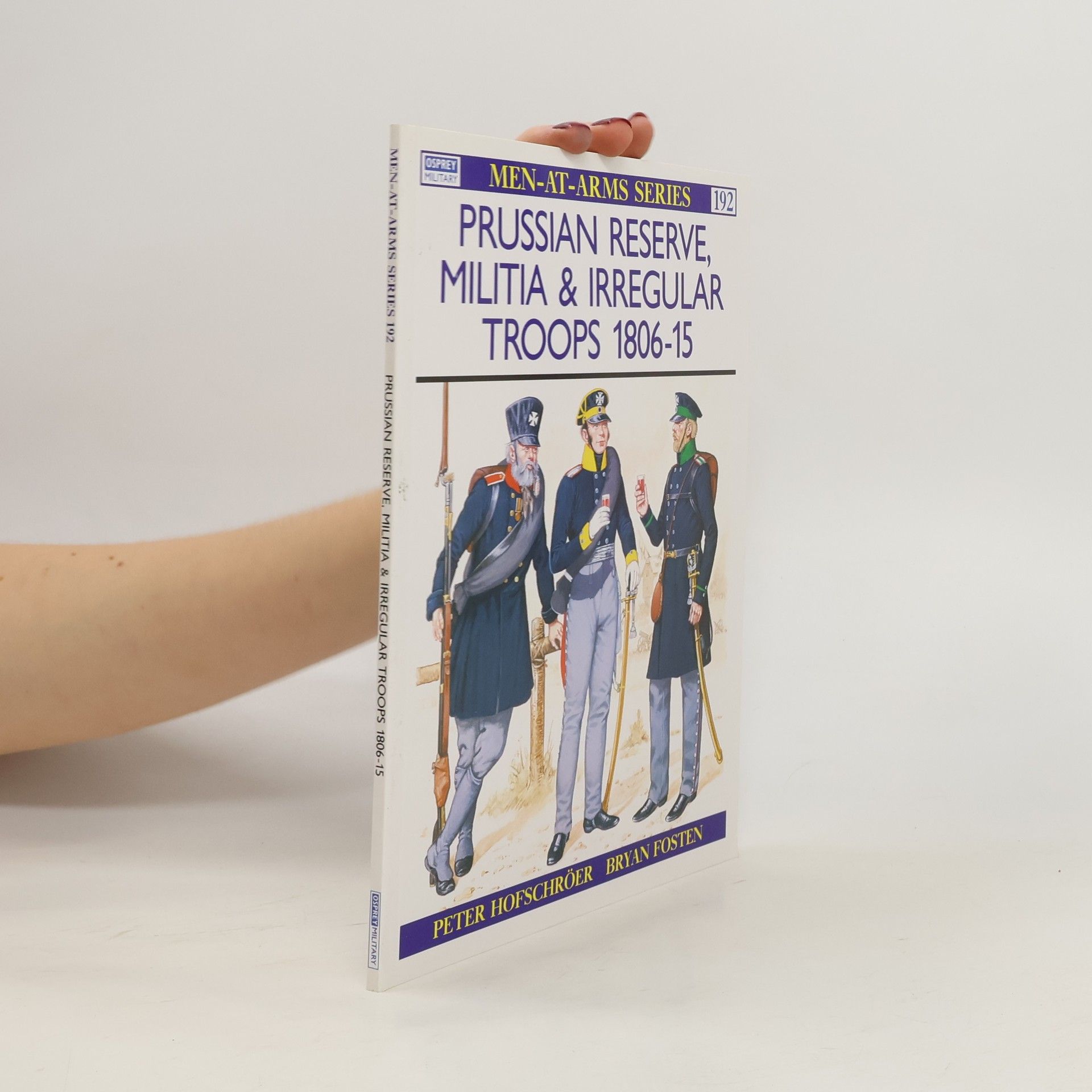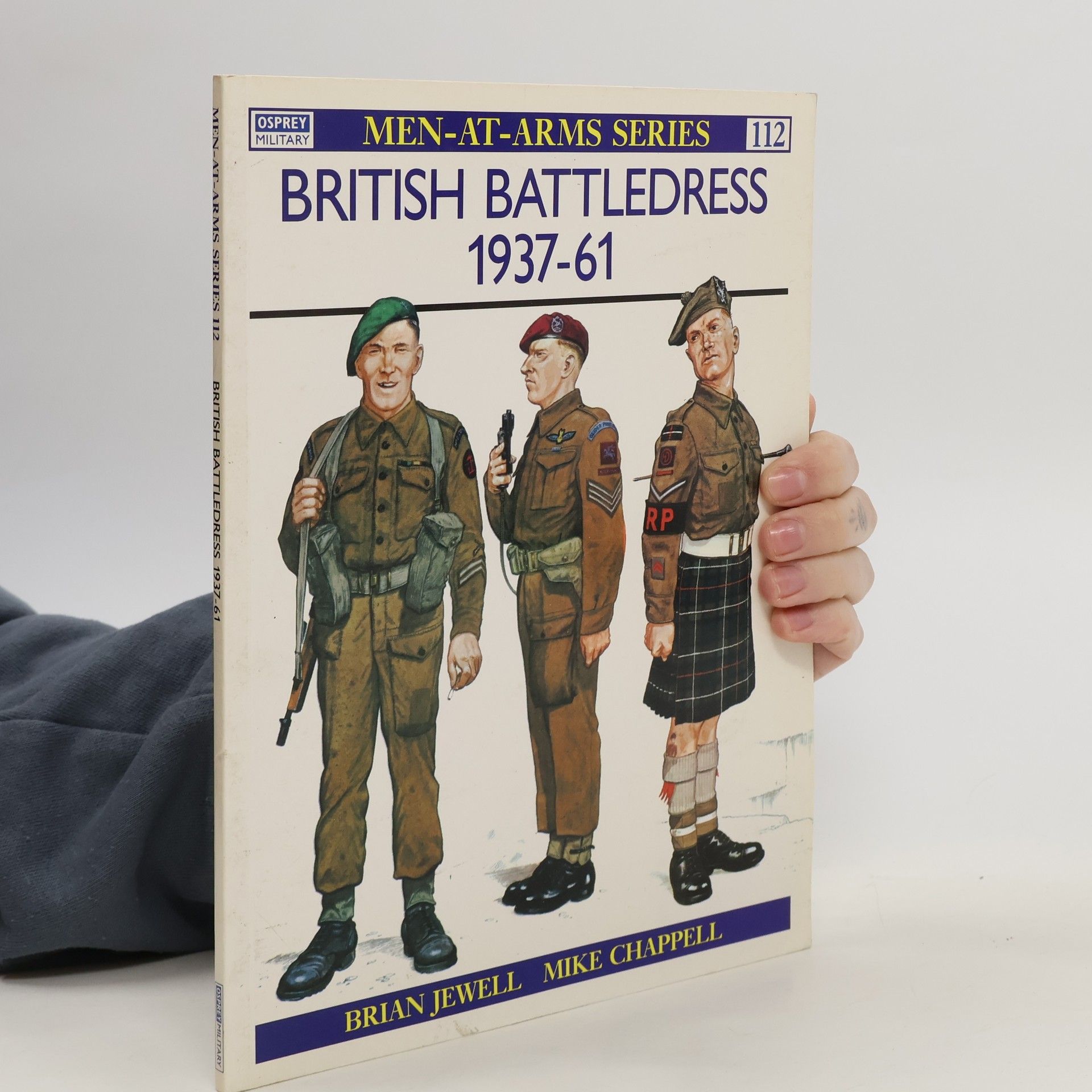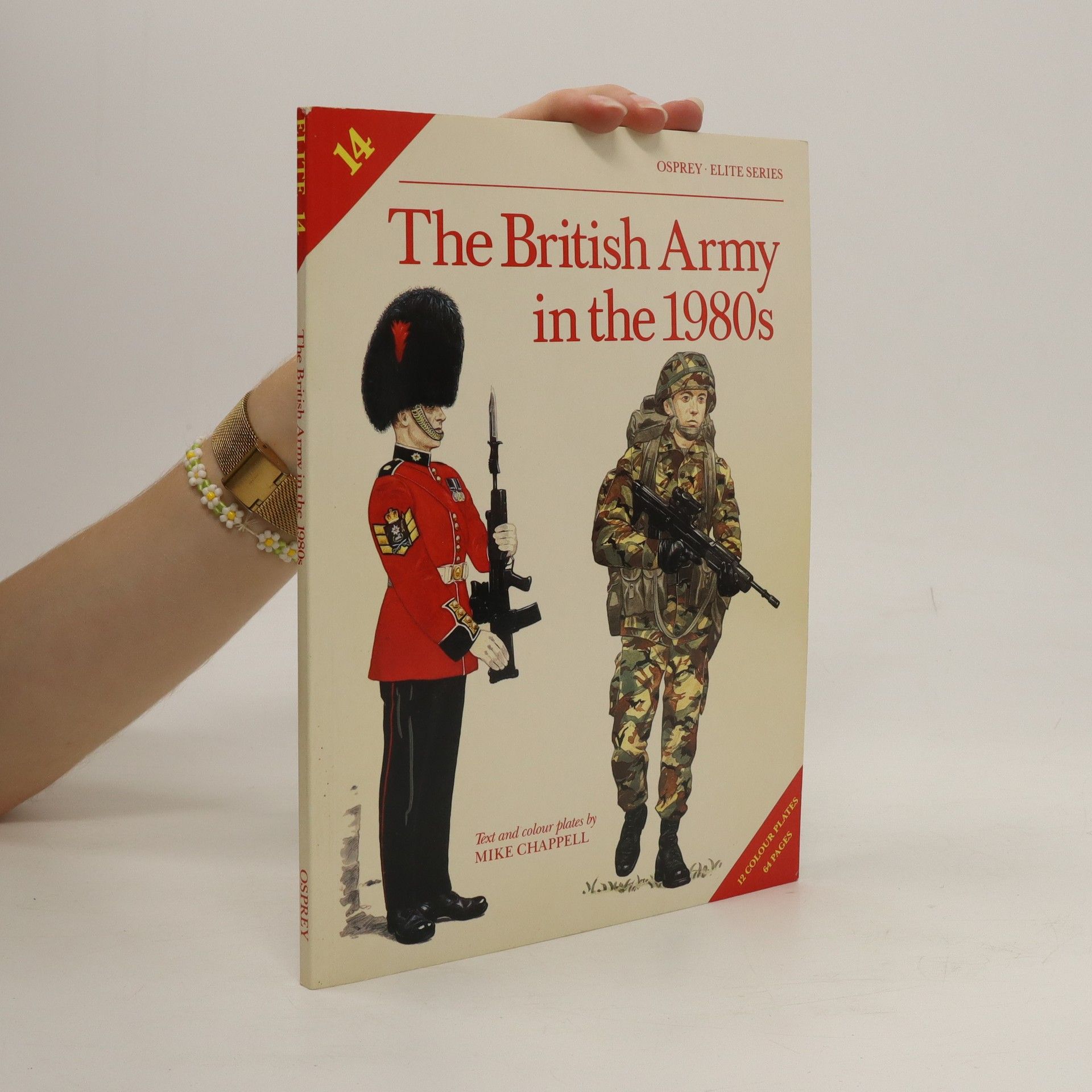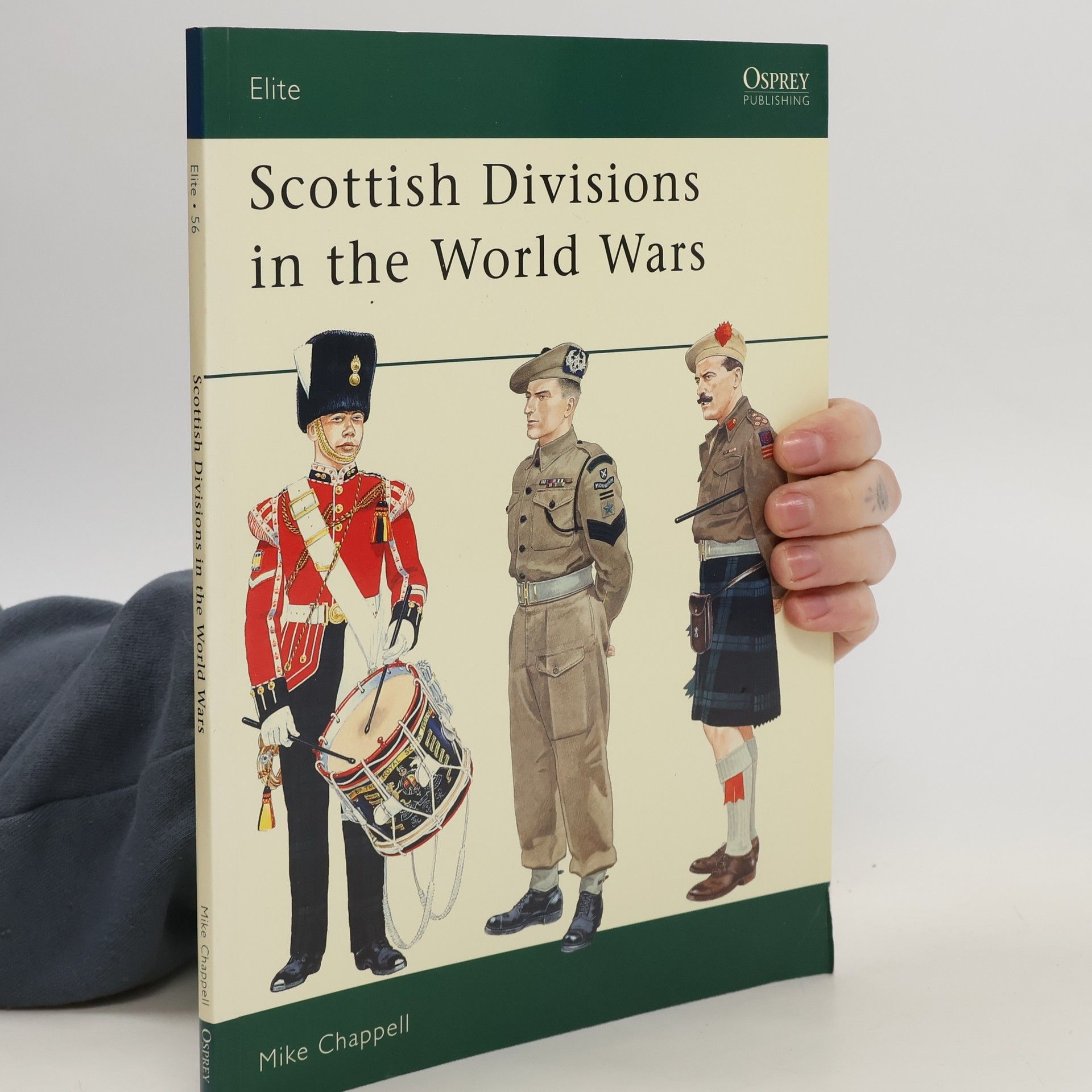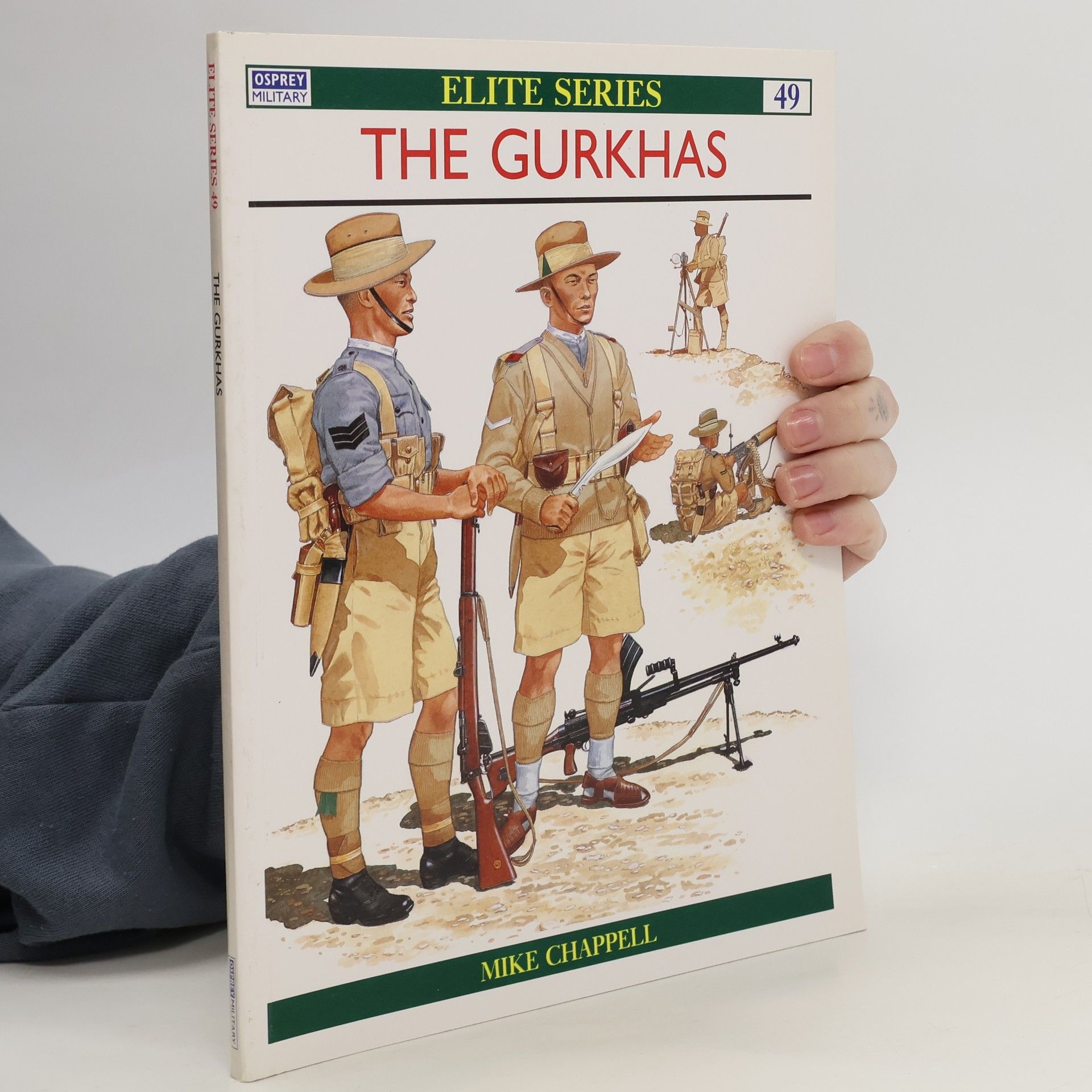British Cavalry Equipments 1800-1941
- 48pagine
- 2 ore di lettura
This volume examines the development of British cavalry equipment between 1800 and 1941, from the first moves towards standardization of equipment to the outbreak of World War II and how the spread of mechanization heralded the inevitable abolition of the use of horses in military service.



